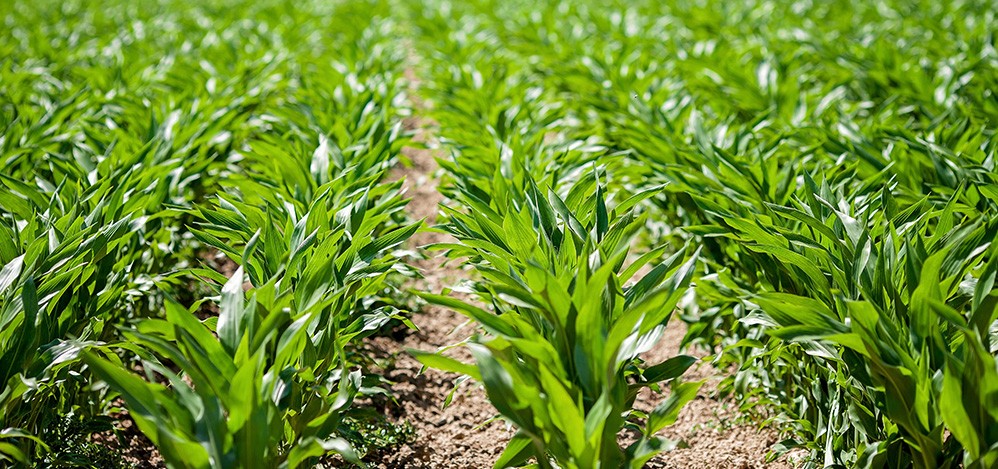Economic

Atrazine and the Economy
When farmers use atrazine, it can actually reduce the use of other pesticides on our crops—products that we would otherwise have to use to control weeds. This means we save money and generally increase the yield of our group because we are effectively controlling weeds. We also save money by not having to run our tractors across our fields spraying those additional pesticides, saving fuel costs and letting fewer carbon emissions into the air. Add these savings and benefits together and it works out that atrazine leaves more than $28 an acre in our pocket, that’s according to the EPA. That adds up to millions of dollars in savings and additional productivity every harvest season, helping to power our farms, as well as rural communities across the United States.
A core value that atrazine provides producers is related to its use in conservation tillage programs. Simply stated, conservation tillage is when a farmer chooses to leave more of the previous year’s crop debris on the soil surface. Beyond the benefit of fewer trips across the field with tillage equipment, this farming practice dramatically reduces the movement of soil sediment from the field to neighboring water sources. When you prevent or limit soil movement, you inherently limit the movement of any pesticides or fertilizers that have been applied to the soil. Conservation tillage is a growing practice in crop production and has been used by many farmers over the past two or three decades.
How much is atrazine worth to your corn farm?
EPA estimated the value of atrazine to corn growers at 28 dollars per acre. Do the math. Even at this low EPA estimate, atrazine’s value to farmers is significant.
A 2010 paper by Don L. Coursey outlined atrazine’s economic significance.
“Atrazine’s corn production economic value between $2.3 billion and $5 billion. EPA’s estimate — in 2003 dollars – of losing atrazine to corn, sorghum and sugar cane production was in excess of $2 billion per year.”
Don L. Coursey, Ameritech Professor of Public Policy Studies at the Harris School at the University of Chicago
In the 2010 study titled “Jobs, Safety and Informed Choices, Don L. Coursey, University of Chicago, shows that banning atrazine would have a substantial economic impact.
Exerpted from the Coursey paper:
“Based on studies I have conducted for an atrazine manufacturer, banning atrazine will wipe out between 21,000 and 48,000 jobs related to corn production, with additional job losses in both the sugar cane and sorghum industries. The range is wide because we have never before banned a product on which so many depend and for which suitable replacements have a wide variety of prices and application regimes.
These numbers are quite enough to be felt. They will first arise on marginal farms and move on to marginal business in corn-dominated communities. In 2009 terms, if all of those jobs were lost in the agriculture sector alone, its unemployment would grow by as much as 2.6 percent. Were they concentrated in corn production alone – unlikely in the real world, but useful to gauge magnitude — unemployment in that sector would grow by 10.9 to 25 percent. According to the United States Department of Agriculture, in 2009, 95 percent of all U.S. corn farms were family farms, so impacts would be felt very close to home.
Atrazine is widely used precisely because growers know it well and have learned its benefits. It is obviously reliable. It does what it is supposed to do at a reasonable price. Its application and performance are complementary to other agronomic dictates of corn production. In my language of economics, it has high utility.
In 2003 EPA said that losing atrazine would cost corn growers an additional $28 per acre, on average. This figure includes more expensive alternatives and lost yields because the alternatives are less effective (or farmers would use them now). My research, which refers to additional factors, brackets EPA’s result, finding replacement costs between $26 and $58 per acre.
If these low and high estimates are multiplied over the 2009 U.S. corn acres to which atrazine was applied, one finds atrazine’s corn production economic value between $2.3 billion and $5 billion. EPA’s estimate — in 2003 dollars – of losing atrazine to corn, sorghum and sugar cane production was “in excess of” $2 billion per year.”
See the complete white paper on the Coursey Study here: